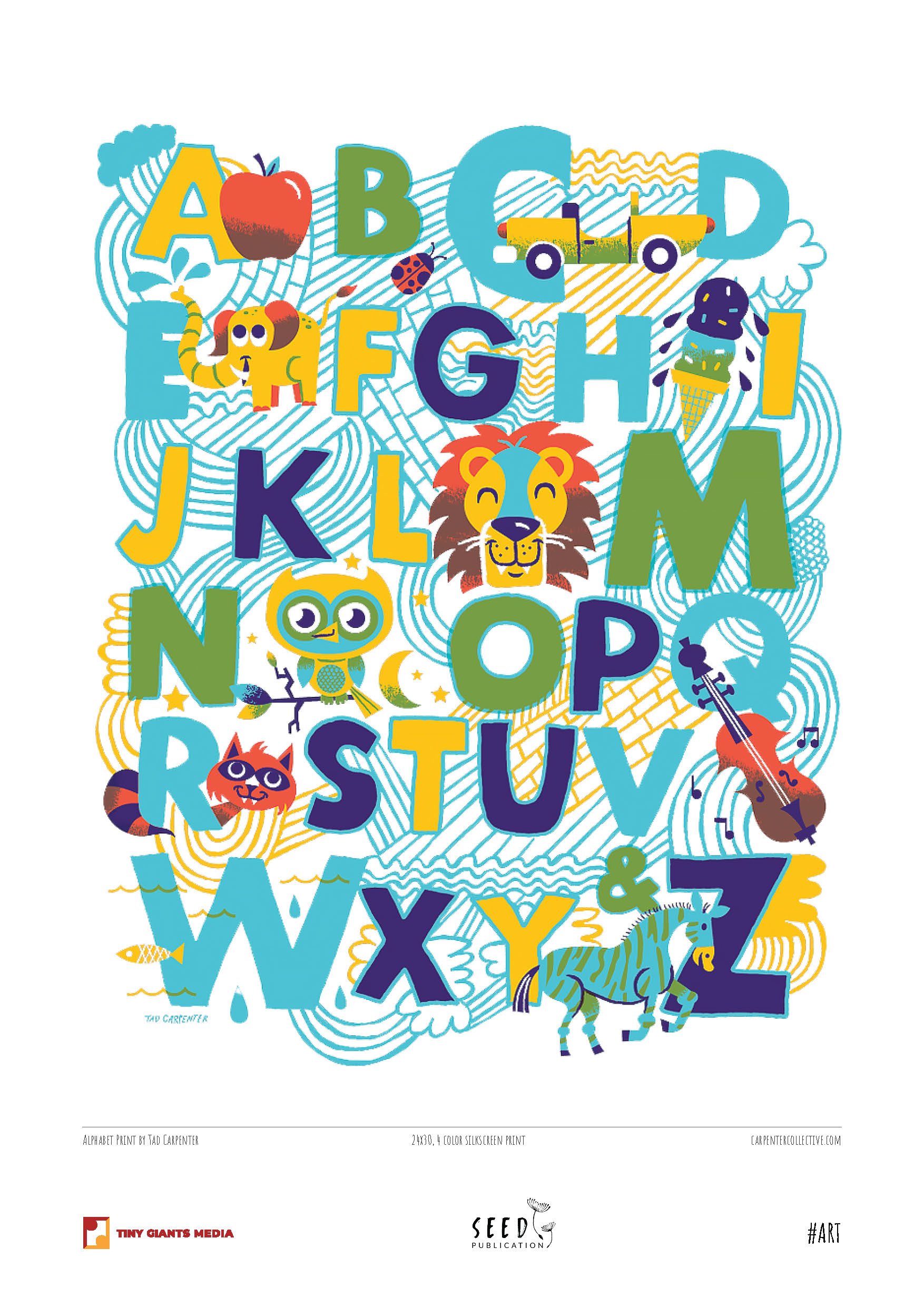
Raphael, The school of Athens, 1510.
This fresco aims at illustrating the synthesis of the different fields of knowledge: metaphysics, natural philosophy, theology, and magic.
Plato, with the Timaeus in hand, and Aristotle, holding the Ethics, represent the two highest branches of learning: speculative philosophy and moral philosophy.
Aristotle, founder of naturalist thought, is gesturing toward the ground; Plato, who brought together and systematized the cosmological doctrines of antiquity, is pointing to the heavens.
On the right are the natural philosophers and the major followers of Aristotelian doctrine.
Zoroaster, the legendary author of the Chaldean Oracles, is holding up a globe of the heavens. His position is mirrored by that of Ptolemy, who holds a globe of the earth, symbolizing the influences of the heavens over the earth.
Euclid is shown illustrating one of his theorems.
Zeno, the bearded man on the left, looks on as Epicurus uses the base of the column as a lectern.

Want to get in touch?
More like that:

Natural emotion gone bad and how to detect it.
Chinese Fairy Tales and Fantasies.
A story from a Japanese folktale collection.
An old story about anger and self-control.




























